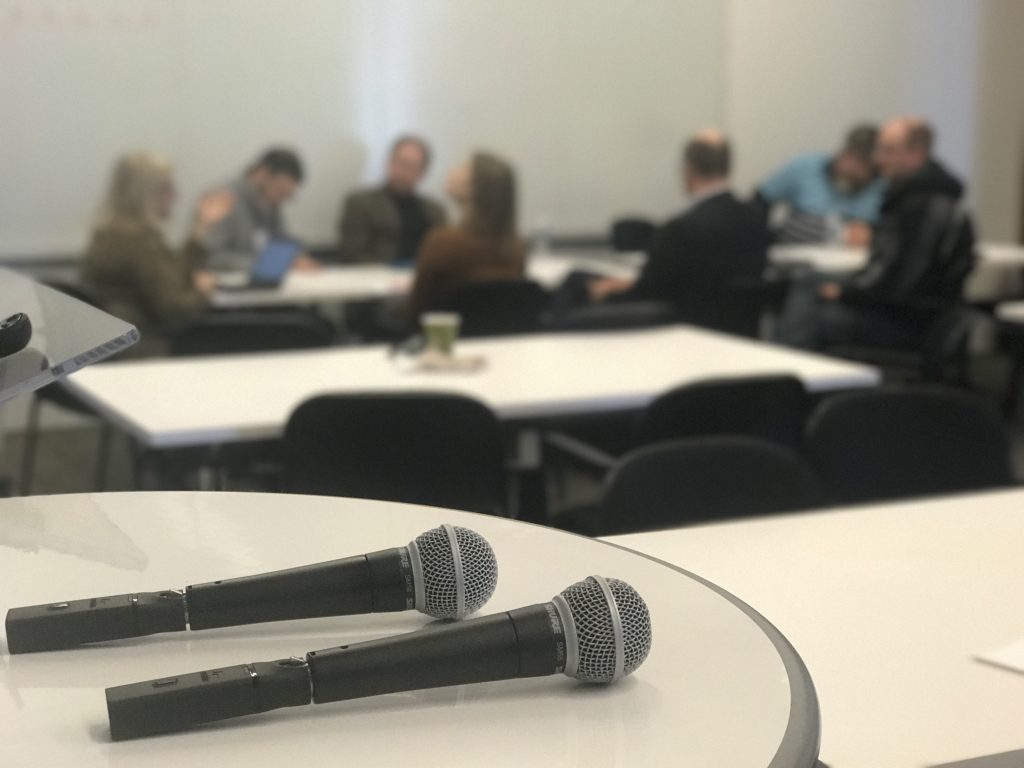The Defense Forensic Science Center, National Institute of Standards and Technology, United States Department of Justice, The Innocence Project and CSAFE researchers were just a few of the institutions represented at a recent symposium hosted by CSAFE.
The Error Rates for Evidence Interpretation event in January 2018 provided a unique opportunity for cross-discipline investigation of the critical role error rate studies play in establishing validity in many expert-opinion-based forensic disciplines.
Over 40 national leaders in the fields of statistics, forensic science and law were invited for the two-day event in an effort to create opportunities for the forensic science community to learn from each other as the field continues to advance and evolve. Participants focused on examining classical approaches to forensic evidence interpretation and recent methods arising out of the machine learning and biometrics community concerning the use of error rates in the presentation of evidential strength.
The Error Rates for Evidence Interpretation event also provided a valuable opportunity for participants to learn what the law requires in relation to error rates, shedding light on critical statistical applications in the courtroom. Attendees learned about who is qualified as an expert witness and the standards scientific expert testimony must meet, as well as how studies of error rates can be useful to a judge or jury in determining how much weight to give to the results of a scientific or technical test that is admitted into evidence.
CSAFE researchers provided discipline reviews and discussed the application of error rates in the forensic science fields of glass, firearms and handwriting evidence. Breakout sessions on various approaches to error rates studies such as two-stage procedures and categorical conclusions were also a part of the symposium to facilitate discussion of recommendations for increasing the understanding of error rates in the forensic science community and its explanation to lay audiences. Participants also focused on developing a draft proposal for how the OSAC Statistics Group should advice various disciplinary groups on developing studies to estimate relevant error rates.




